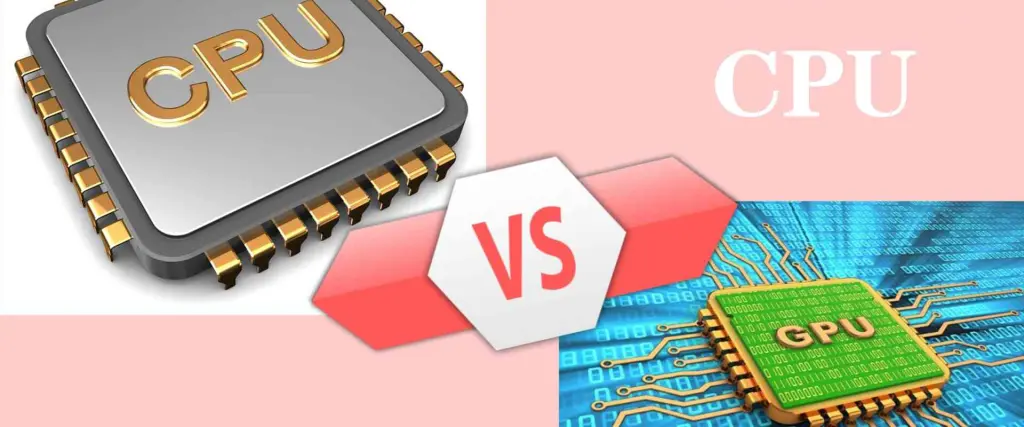Several of the electronics people use daily contain CPUs. For instance, smartphones, PCs, and other gadgets use CPU PCBs. Computer keyboards, monitors, & printers are just a few products that use CPU PCBs and microcontrollers (which incorporate CPUs).
You’ve arrived at the appropriate location if you’re looking for information on CPU PCBs. We’ve compiled a list of insightful inquiries about CPU PCBs, and we want to provide you with solutions. Let’s get started right now without further ado.
What Is CPU PCB?
The printed circuit board or PCB supports the electrical parts that power and enable the functionality of electronics. The PCB, often constructed of copper or another material that conducts electricity, is etched to permit the movement of electrical currents. Prepreg & TEFLON, among other non-conductive materials, comprise the PCB’s basis.
A CPU PCB is a circuit board that acts as a platform for a computerized device’s central processor (CPU) and controllers. Moreover, these PCBs feature industry-standard architecture, modular PC cards, and peripheral component connection (PCI) (ISA). Different standards, such as the PCI extended for instrumentation cards (PXI) and the extended embedded technology classification, are added (ETX).
Designing A CPU PCB

The CPU Pcb design differs significantly from conventional PCB design in several ways. When designing the CPU PCB, especially when using multilayer boards, other processes must be followed. We will describe the procedure for creating a CPU PCB using multilayer boards in the following section.
Choose The Component Mounting Technology
Surface and through-hole mounting are the two main techniques for attaching components to a PCB. Components are mounted to the Board using surface mounting via an automated process. To fit the components, through-hole technology, on the other hand, involves drilling holes inside the PCB foundation. The decision of which approach to take for a particular design is based on some variables and design considerations.
Determine The Microcontroller
The microcontroller, which is the main element of the CPU PCB, must be carefully chosen to satisfy the demands of the application. To guarantee the best possible performance of the CPU PCB, it is crucial to select a microcontroller with the correct performance requirements, including overclocking speed.
USB To Serial Converter
The CPU needs to communicate with the computerized system to function. To help translate the signals from the CPU to the automated process through a USB port, an additional chip is needed. On the microcontroller, the signal can be retrieved using synchronous serial peripherals like UART.
Analog To Digital Peripherals
When converting an analog signal into digital signals and enhancing overall usefulness, choosing the suitable analog-to-digital signal converter was essential. It’s crucial to thoroughly analyze and choose the converter that is best suited for the particular application.
CPU PCB grounding techniques
Grounding PCB Techniques

Grounding is vital in PCB design; therefore, following the correct grounding procedures is necessary for the best results. The following are crucial pointers to remember regarding grounding for PCB design.
1. Ensure Everything Is Attached
Scrutinize your PCB layout to make sure there are no loose components. Consider covering open spaces with copper or vias that link to the ground plate for the best performance. This strategy will lay out a clear path for effective signal transmission to the ground.
2. Keep Ground Layer Whole
On a specialized ground layer, which is frequently found in four-layer boards, make sure there are no route traces. Avoid breaking up the ground layer by adding route traces to prevent producing a ground current loop. Instead, make sure the ground layer is intact.
3. Have a Common Ground Point
It is advised to have a central position where all grounds converge to provide a good grounding in a PCB. A specific layer of the board or the product’s metal chassis can be used for this purpose. Because the conductors radiate from this entry point in the shape of a star, it is often referred to as a star ground. To preserve signal integrity in mixed-signal systems, separate analog and digital power sources may be necessary, as well as separate analog or digital grounds that join at the star point.
4. Minimize the Use of Series Vias
Reduce the number of vias in your ground routes and ensure that component grounds are connected directly to a ground plane to avoid impedance and voltage differentials. Impedance can be increased by adding extra vias to the board, which is crucial to consider for fast transient currents that may result in voltage differentials all along the impedance path.
5. Design Grounding Before Routing
Before beginning any routing process, it is critical to design a ground structure. It’s critical to ensure the ground is adequately planned because it is the foundation for routing. While problems with one signal not functioning as planned may not significantly impact, poor grounding might represent a serious risk to the entire system.
6. How Currents Are Flowing
Understanding the current flow on a circuit board can help ensure proper grounding. It is crucial to consider the signal’s final destination and matching return path. Since the outgoing and returning signal pathways contain the same currents, they can affect the power stability and occurrence of ground bounce.
7. Dynamic Variance B/W Grounds
Consider the possibility of dynamic differences while connecting the ground between several systems’ boards. When working with applications that make use of long-distance wires, this becomes even more crucial. Optical isolators, reduced voltage differential signals, or common-mode chokes can all be utilized to keep the variations in check.
8. Mixed-Signal Considerations
When working with both analog and digital on a board, careful planning is required. It’s crucial to separate the digital parts from the analog sections, including the analog-to-digital converter topologies (ADCs) or digital-to-analog converters. To achieve this, the ADC’s grounds can be connected and linked by a standard ground pin, allowing digital signals to travel to other areas of the PCB.
